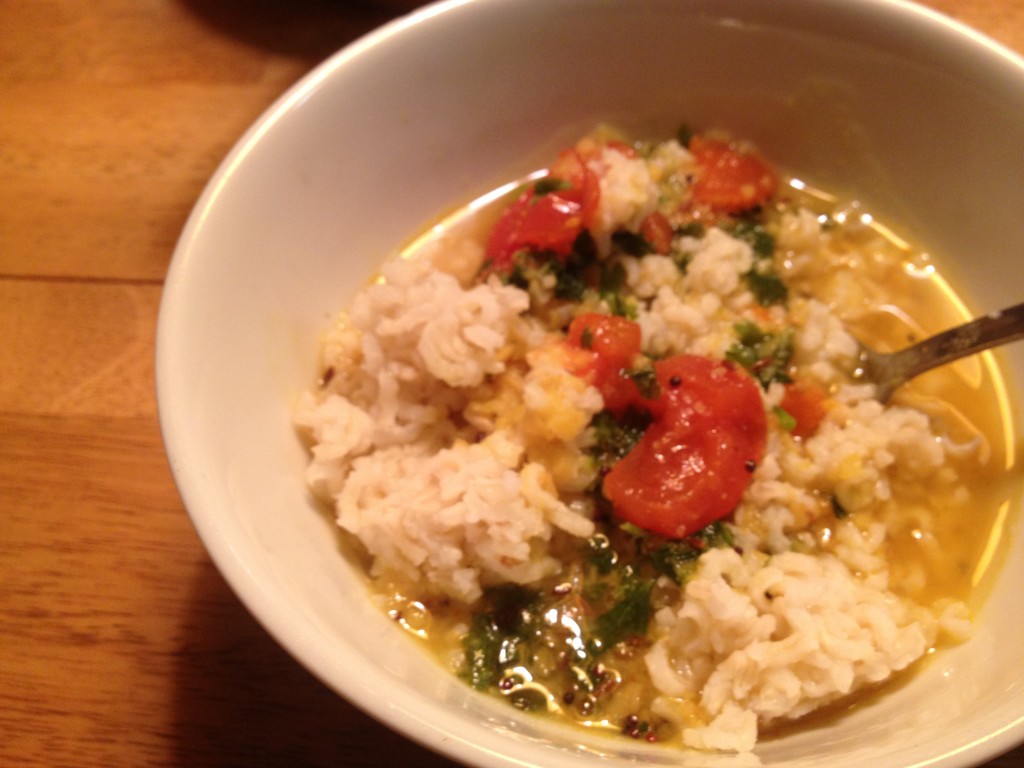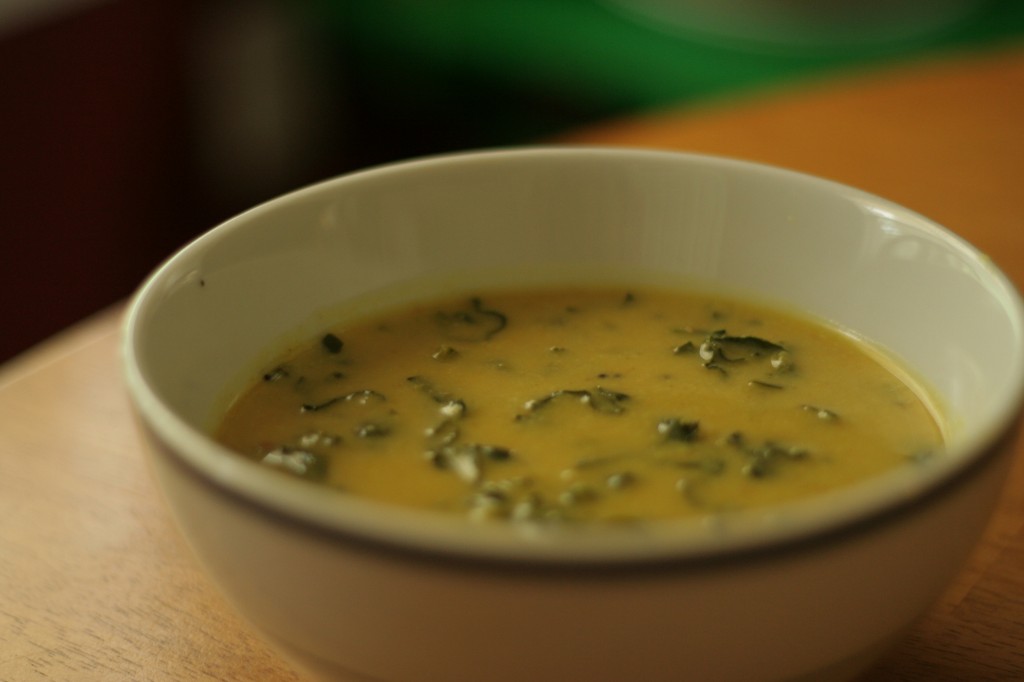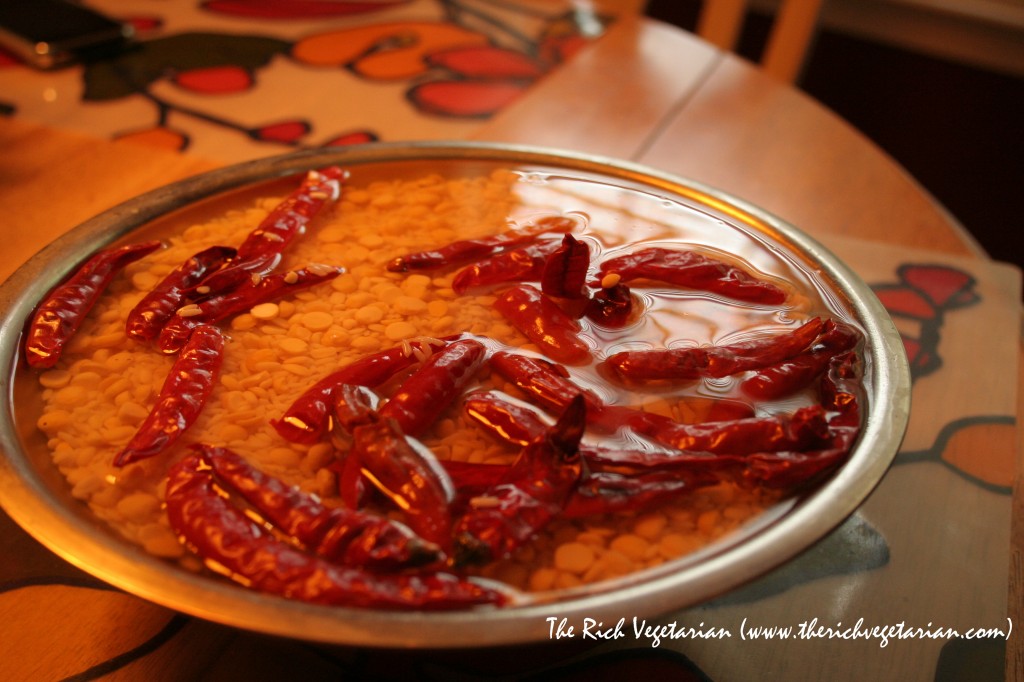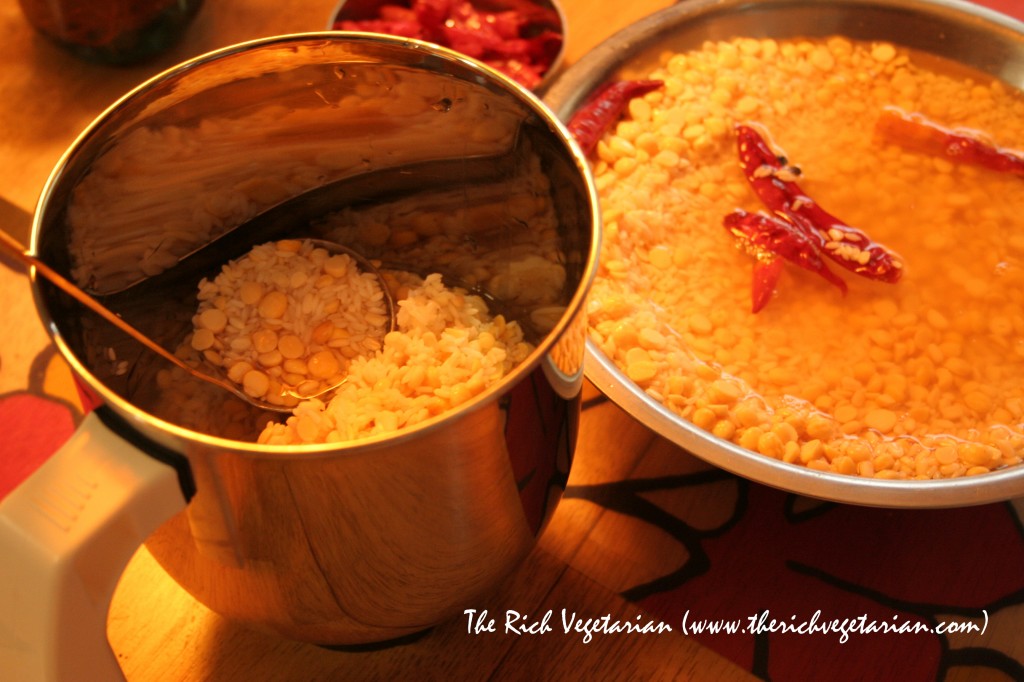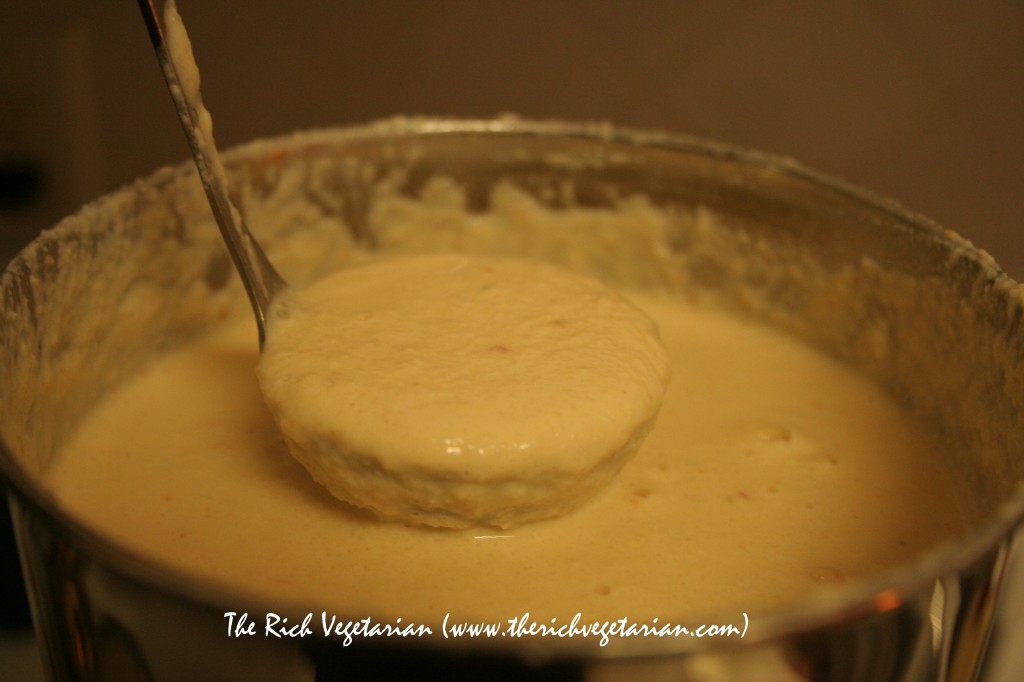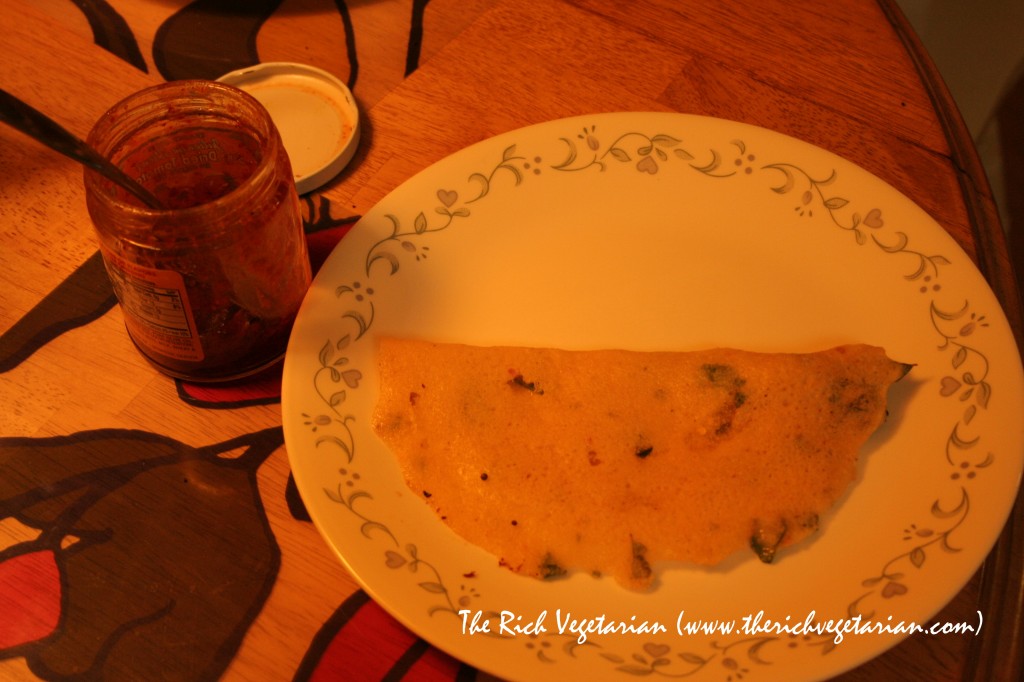Oh Cardamom Hill! So long since I have been meaning to walk in through your glass doors, make myself comfortable, order the Vegetarian Thali and tuck in… it finally happened last week.
Chef Asha Gomez’s latest offering, Cardamom Hill, situated in Atlanta, has been creating waves all around town and beyond. The fried chicken appears to be a hot favorite with locals, food critics and everyone else. The lunch menu changes daily and is updated on the restaurant’s Tumblr site. It generally features a couple of appetizers, a choice of vegetarian and non-vegetarian thali, dessert.
I walked in that afternoon and was pleasantly surprised to find a space so warm and elegant that one tends NOT to expect when it comes to Indian restaurants. Sorry to sound so judgmental but I strongly think that Indian restaurants lack a lot in terms of decor and service. Stringing together a bunch of colorful scarves, scattering maroon cushions all over, hanging Indian paintings on the wall – all these are but poor representations of Indian decor. It takes an artistic interior designer to truly understand the elements of Indian-themed decor and weave them into the restaurant’s ethos. Well, the rant above does not apply to Cardamom Hill. Take a look!
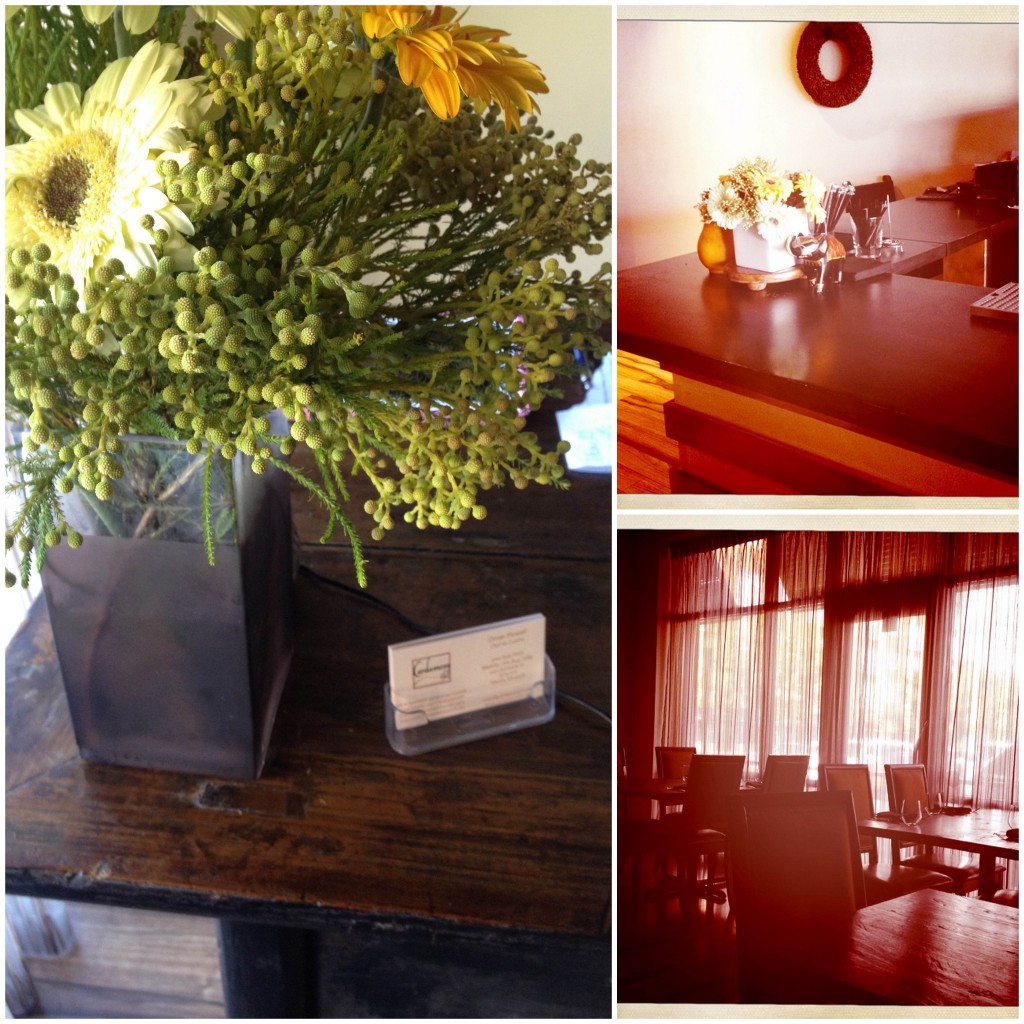
Interiors, Cardamom Hill
Dark coffee brown wooden tables, comfortable stuffed chairs, wooden floors, traditional (not overly so!) carvings serving as wall hangings… Very classy, understated and elegant. The decor says ‘Indian,’ nay almost whispers it into your ears unlike many other restaurants that shout ‘INDIAN!’ with their colorful pillows, Indian paintings serving as wall art, Bollywood music streaming through the speakers, etc.
I was determined to sample everything I could on the menu. So I asked for a plate of Bhajia, described as sweet potato and onion fritters served with tamarind sauce, priced at $7.
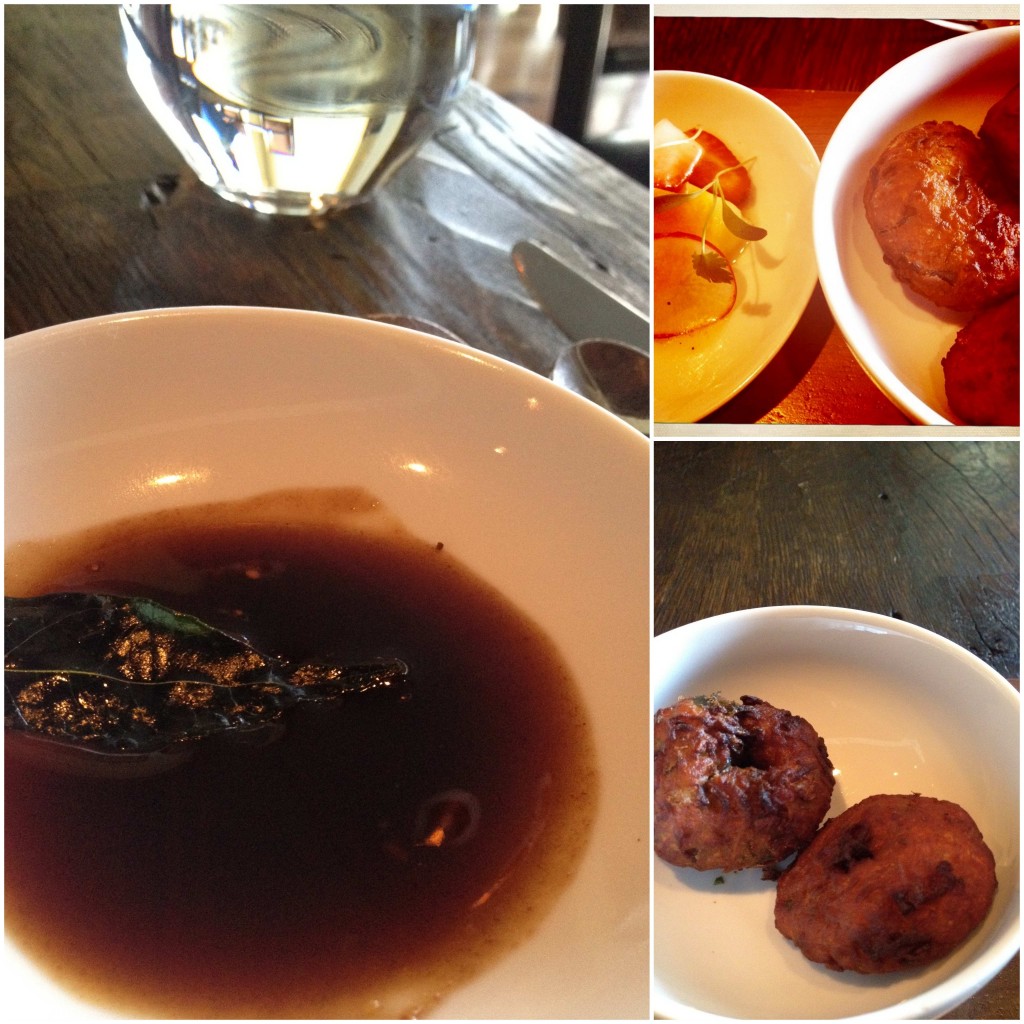
Bhajia – Sweet Potato and Onion Fritters
Very delicious. Spiced perfectly, not too garlicky or spicy, the texture was soft on the inside and crisp on the outside, fried to perfection… and it tasted so authentic! Alongside came a bowl of tamarind dipping sauce and this one didn’t come out of a bottle, I am sure. It tasted fresh and mild. A little salad of strawberries, paper-thin radish slices, cubed pineapple and herbs with a light cardamom-oil dressing was also served. A nice touch, I thought. The Bhajias came four a plate. I saved two to take home so P could sample them and give me his expert opinion.
Next up came the Vegetarian Thali. Priced at $13, it is a nice big plate of food that can easily suffice for two people, especially if you opt to share the Bhajias beforehand.
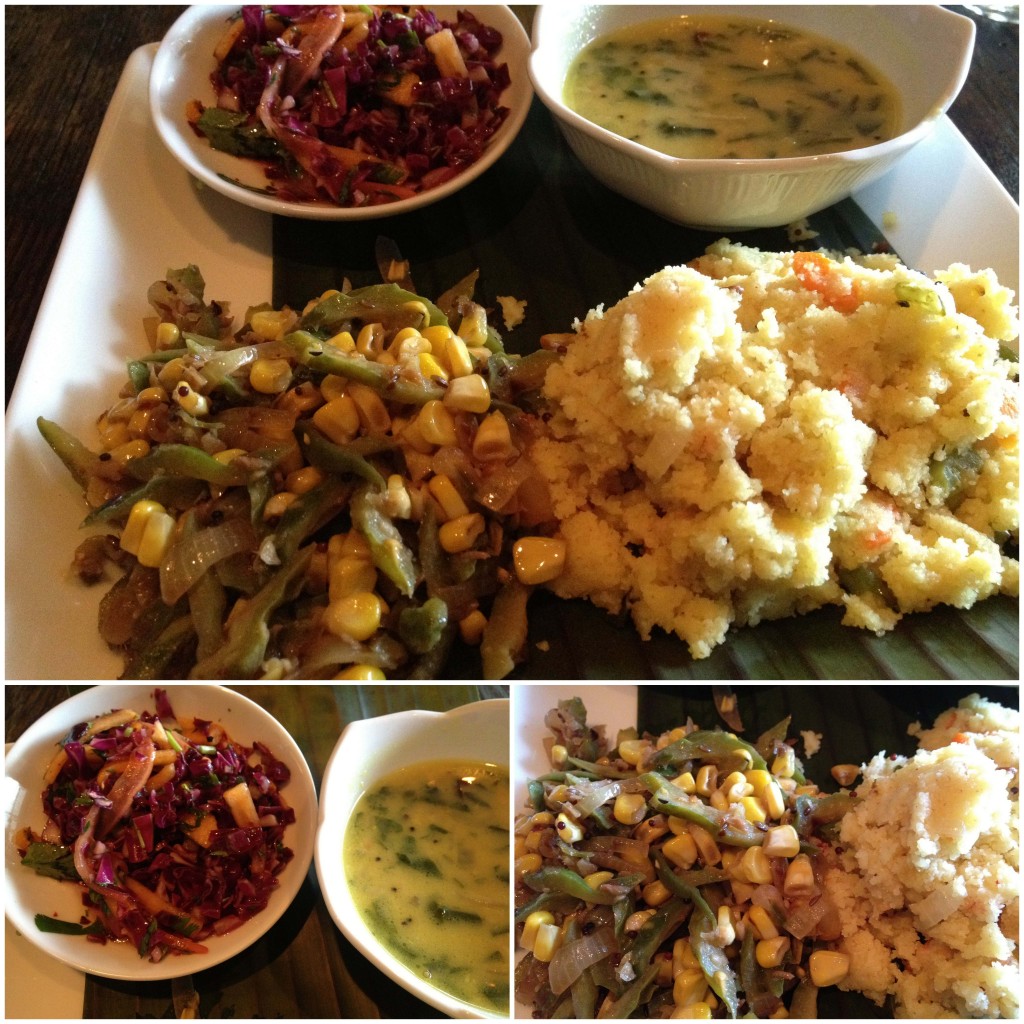
Vegetarian Thali at Cardamom Hill
The Thali contained,
Semolina upma with vegetables
Roasted Snake gourd and corn with cumin and chilli flakes
Red cabbage and persimmon slaw
Kootu (spinach and lentils simmered in Kerala spices)
Those are the listings from the restaurant’s Tumblr site. I wanted to avoid wheat, so I asked for rice instead of the upma. Alas, the server said that he had no rice that day. No rice at a Kerala cuisine restaurant? How odd. Well, so I had to get the upma. It was very well-cooked. Upma is a breeze to make, really. It is a common breakfast snack and each region in India probably has its own version of upma. Some people add turmeric while some others don’t, some folks will throw in loads of roasted peanuts and curry leaves while some others garnish with chopped cilantro. Tomato and shredded carrots may make an appearance. And so it goes. Semolina’s texture is not unlike that of couscous; it may very well be couscous by another name. The version at Cardamom Hill was mildly spiced, a good foil to the vegetables and kootu.
I have eaten snake gourd cooked with shredded coconut, mustard seeds, curry leaves. With corn? Never. It is a new twist on a familiar preparation. I can’t say that I liked it or disliked it. I wish the dish wasn’t bursting with corn, it felt a tad too much. The flavors were oh-so familiar, even if they were a shade milder than what a typical Kerala dish would feature.
Red cabbage and persimmon slaw is by no means a traditional Kerala dish! I doubt persimmon even grows in Kerala. That being said, it is a nice little side dish that added a tangy punch and freshness to the meal. The slaw was spiced with lemon juice, chopped cilantro and salt.
I always thought that kootu referred to a coconut gravy curry and so, the spinach kootu at Cardamom Hill threw me off. This version was essentially a lentil dish (chana dal, I think) with spinach leaves and a tempering of mustard, turmeric and curry leaves. Maybe this is how kootu is prepared in the Malabar region (that’s where the chef Asha Gomez hails from). It was lightly flavored, perfect in quantity. Chana dal can get rather heavy, so the little bowl was the perfect size.
Not a bad spread at all… as I said, the flavors were milder, the combinations were interesting and unique, the service was lovely, great interiors. And I skipped dessert this time, so a second visit with the husband is definitely in order!
Cardamom Hill
1700 Northside Dr
Atlanta GA 30318
www.cardamomhill.net
404-549-7012
